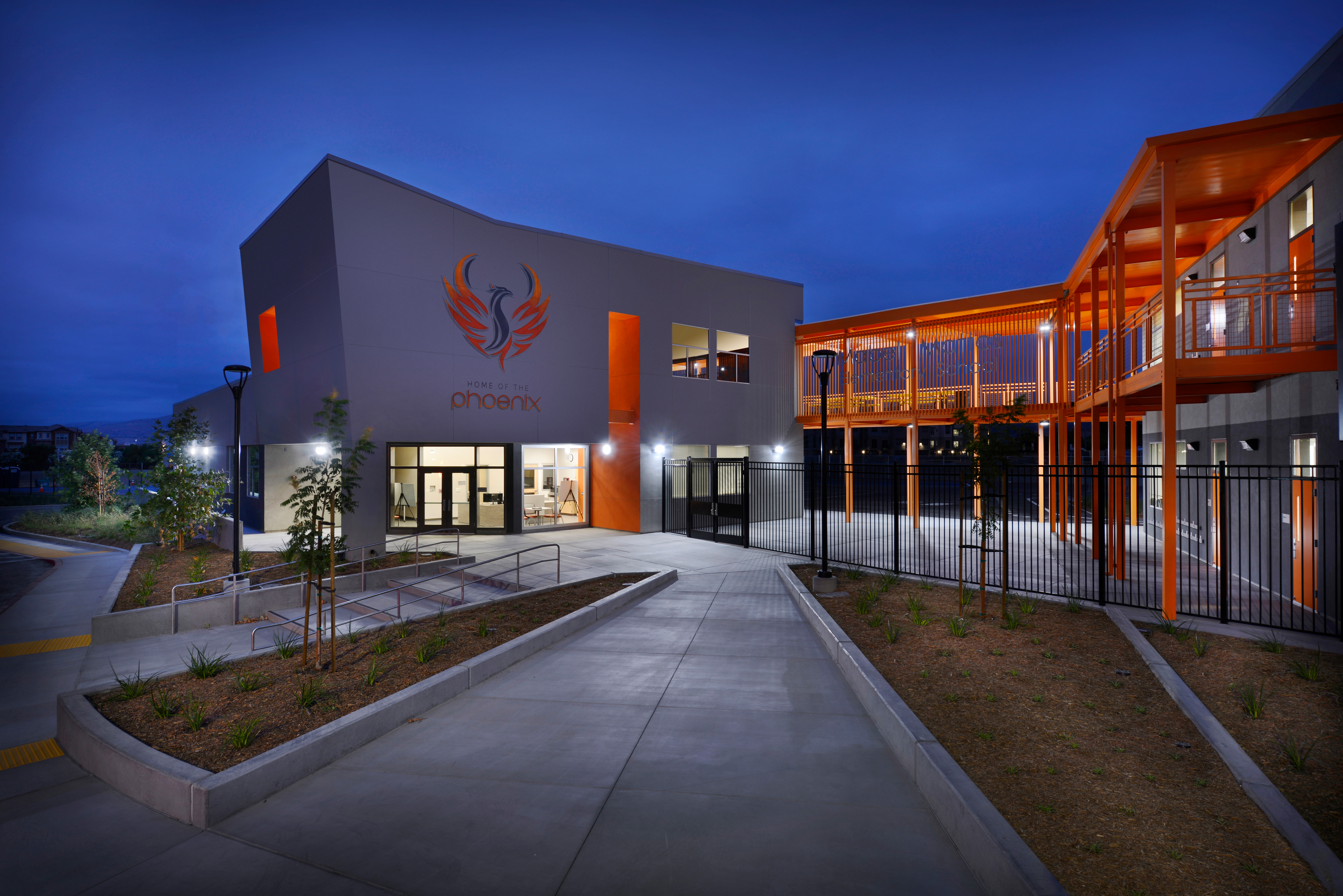By Dave Finn
The world of school construction is an ever-changing landscape. While escalation has calmed and prices have stabilized, thoughtful preplanning is still very much critical to ensuring project success. Since 2020, the construction industry has faced unprecedented challenges, with some – including procurement of equipment – still proving to be problematic. As districts and stakeholders prepare to embark on modernization and expansion projects, making early contractor involvement a priority will help ensure not only a smooth and efficient process, but one that results in a facility that achieves your goals and inspires learning.
Identify Projects and Timelines
Districts will want to first think about and clearly identify their project list and what type of construction this will entail. Keeping in mind that buildings have the potential to last for more than 50 years, it’s important to take a long view when considering whether to build new or renovate existing buildings. Of course, enrollment trends and funding both play a significant role in these decisions. First, it is wise to evaluate current and future enrollment to determine whether existing facilities may be modernized and future-proofed or if they are beyond serviceable and must be replaced. Then, you must understand how much funding is currently allocated to the facilities budget and determine if and how you might be able to augment it.
Once the above is defined, the next step is recognizing necessary time frames. Supply chain delays stemming from the COVID pandemic still persist, with some equipment taking up to two years to receive. Even so, overall construction time frames remain the same. Ideally, you will want to plan for one year of design, at least four to eight months for Division of the State Architect (DSA) approval, and from a minimum of 10 weeks to 18 months – or more, depending on scope of work involved – for construction.
School calendars should be considered to maximize construction time for when the majority of students and staff are offsite. As a general rule, some straightforward modernization projects can be achieved during summer breaks, while larger scale projects might entail year-round work.
Consider Alternative Delivery Methods
The importance of utilizing a delivery method that allows for early teaming cannot be emphasized enough, particularly as we continue to contend with ever-changing industry challenges. Alternative delivery methods such as Lease-Leaseback and Design-Build can provide a myriad of benefits and efficiencies stemming from cross-team collaboration at the outset of a project.
Involving your contractor early positively impacts project estimating, planning, constructability, trade contractor staffing and risk management. Additionally, that collaboration mitigates the potential for errors and change orders as extended project team members can collectively identify and resolve potential issues before they become problematic. Most importantly, early teaming offers an opportunity for everyone on the entire team to develop a strong sense of trust, which is essential for both incremental and overall project success.
In today’s landscape, especially given the aforementioned supply chain issues, early contractor involvement has proven highly beneficial for more timely procurement of long-lead equipment, contributing to greater efficiencies in the overall project schedule. Critical equipment required to power and maintain facilities, including HVAC equipment, electrical transformers, switch gears that control power systems, and distribution panels, have been among the most affected by supply chain disruptions. Any issues may be alleviated when the contractor is brought in before design occurs, as such equipment can be identified and ordered accordingly, proving advantageous to the project overall. This also requires a mindset shift, as before now, ordering equipment early was a rare occurrence for most education projects. Clearly, we have learned that adjusting our approach to align with supply chain demands can effectively ensure success.

Case in point is a project my firm, Blach Construction, is building – the Milpitas Unified School District (MUSD) Innovation Campus. As a result of Design-Build delivery, our team had a seat at the table during the design phase. This enabled us to source electrical transformers, switch gears and distribution panels early, ensuring the project, now in the final stages of construction, remained on both schedule and budget.
Another example involved the early procurement of structural steel for a different project in the same district at Mable Mattos Elementary School. With Lease-Leaseback as the selected delivery method, we were able to collaborate with MUSD and the design team at the start of design. While awaiting DSA approval, it became evident that the lead times for structural steel were incredibly long. Due to the deep-rooted trust we’d established as a team, we were able to collectively discuss and determine that any DSA comments would be minimal and likely at no cost to the project. As a group we decided to purchase the steel early, subsequently averting negative ramifications to the project schedule and millions of dollars in additional cost, ensuring an optimal outcome for the project.
Overall, school facilities make a lasting impact on their communities. When it comes time to modernize or build new, construction project teams – and the project overall – can benefit from dedicated preplanning and early collaboration. This offers project teams the ability to ensure success, achieving budget and schedule goals, and delivering results that districts, as well as their constituents and communities are proud of for years to come.
Dave Finn serves as Vice President, Education, Blach Construction. He oversees all facets of Blach’s education market pursuits across Northern and Southern California, from business and partnership development to project oversight and client relations.


